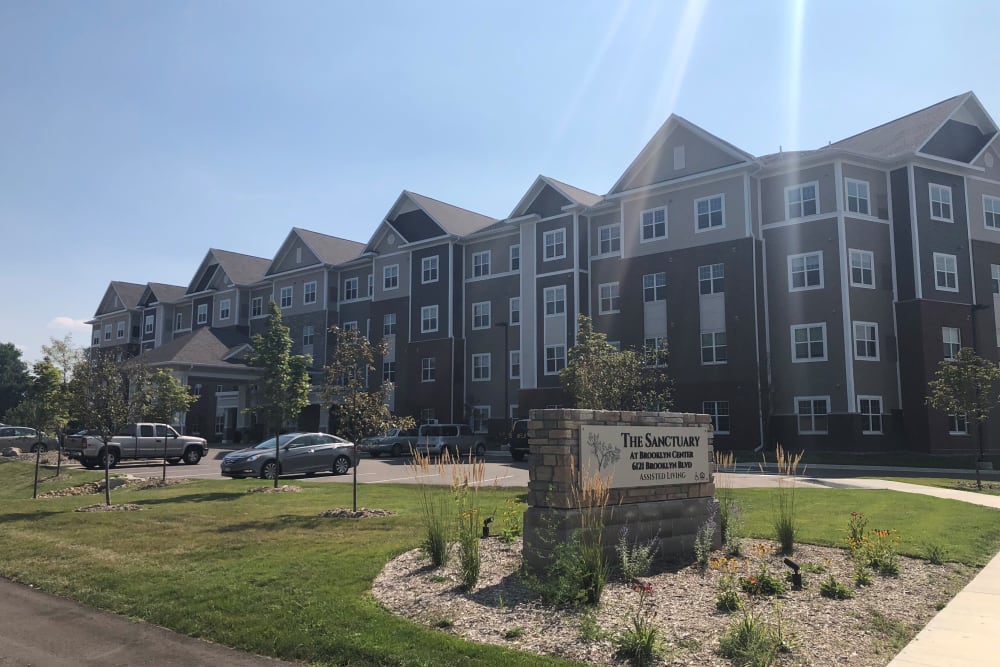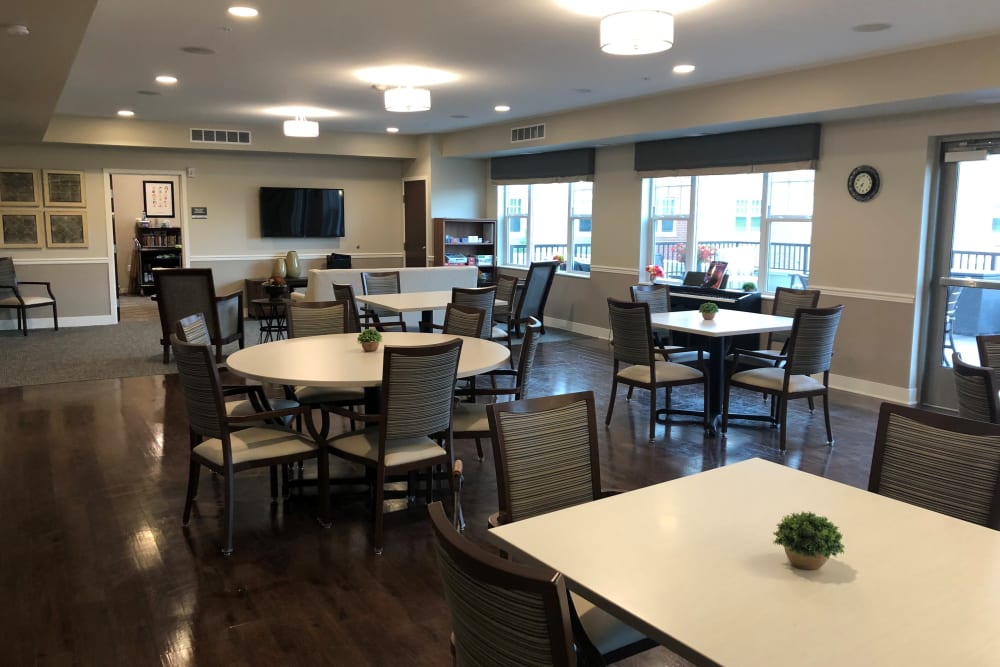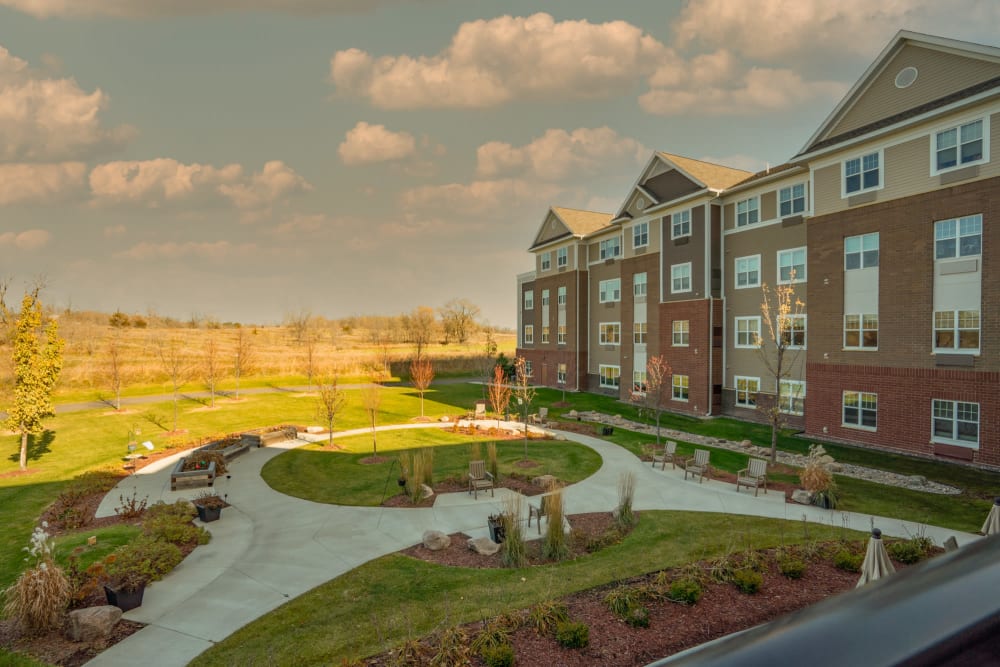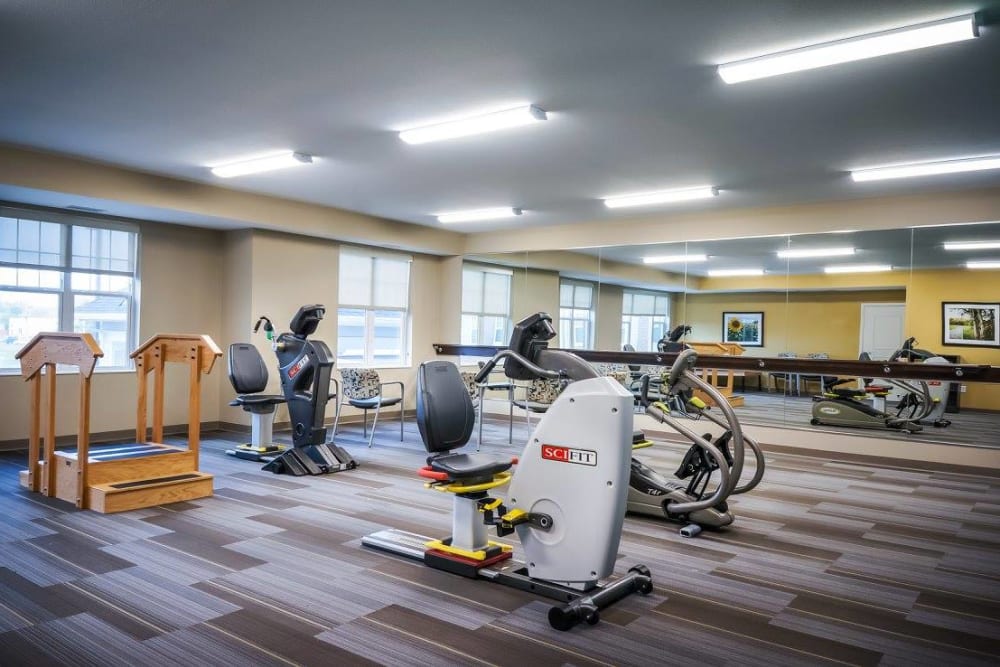

Assisted Living & Memory Care
Find a Sanctuary Near You
Do you or a loved one need to move to an assisted living or memory care community? Are you concerned about the high costs of senior living? Worried about running out of money? The Sanctuary Communities may be the perfect solution for you. With three convenient Minnesota locations, The Sanctuary communities offer affordable one-bedroom and studio homes with a variety of floor plans and sizes from which to choose. Each has a kitchenette, private bathroom, living room, individually controlled heating and air conditioning and ample storage. Each community offers convenient on-site amenities, quality programming, and beautiful apartment homes specially designed for the way you live today.
Find a community near you today!
Sanctuary Communities

The Sanctuary at Brooklyn Center

The Sanctuary at Brooklyn Center

The Sanctuary at Brooklyn Center

The Sanctuary at Brooklyn Center

The Sanctuary at St. Cloud

The Sanctuary at St. Cloud

The Sanctuary at St. Cloud

The Sanctuary at St. Cloud

The Sanctuary at West St. Paul

The Sanctuary at West St. Paul

The Sanctuary at West St. Paul

The Sanctuary at West St. Paul
Take the First Step in Your Next Journey
Ebenezer is Minnesota’s largest senior living operator with over 100 years of experience serving older adults. As part of Fairview Health Services, Ebenezer is dedicated to healing, discovering and educating for longer, healthier and meaningful lives.
Discrimination is Against the Law. We comply with applicable Federal civil rights laws. We do not discriminate against, exclude or treat people differently because of race, color, national origin, age, disability, sex or sexual orientation.
Español Soomaali Tiếng Việt العربية Русский Oroomiffa Hmoob 繁體中文 አማርኛ ខ្មែរ ພາສາລາວ 한국어 Français فارسی ကညီ
